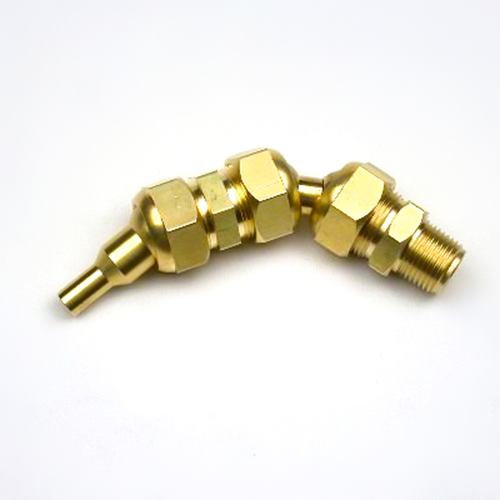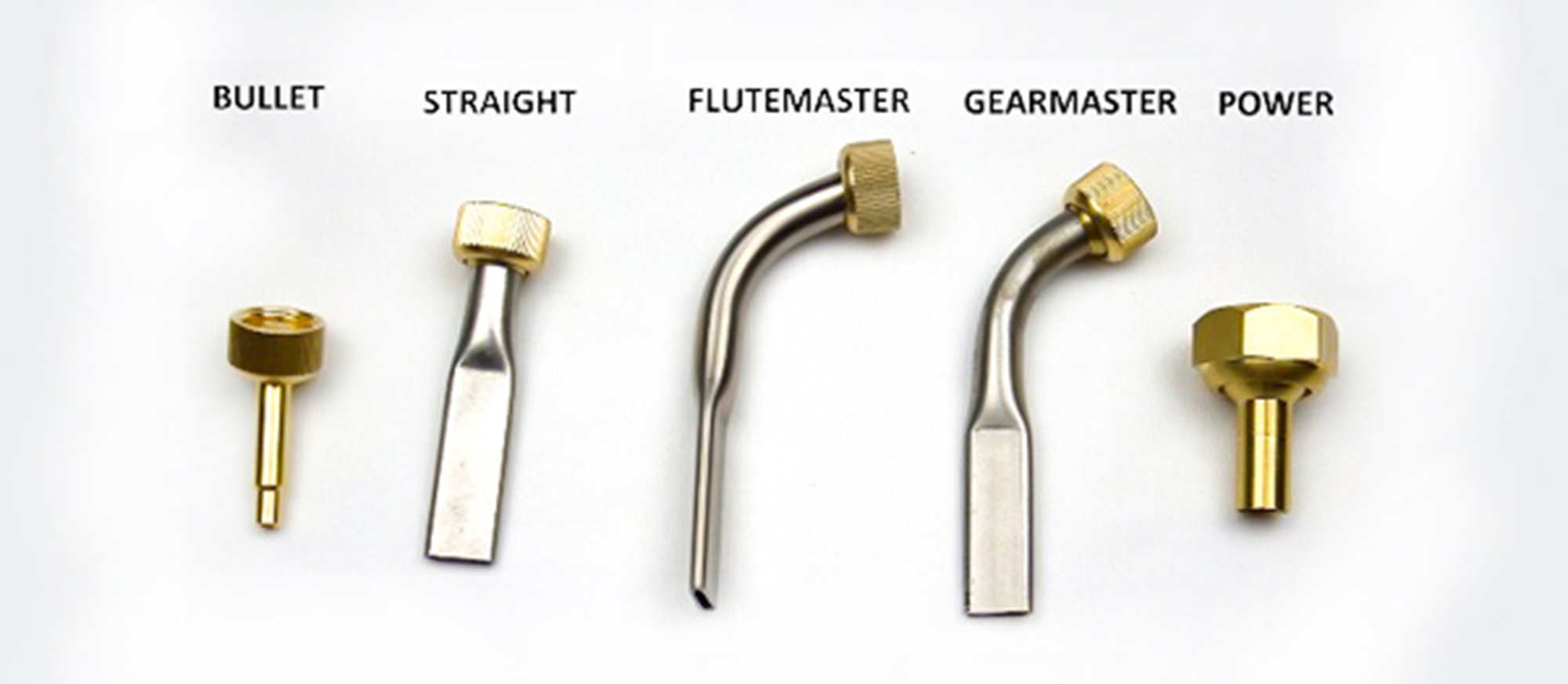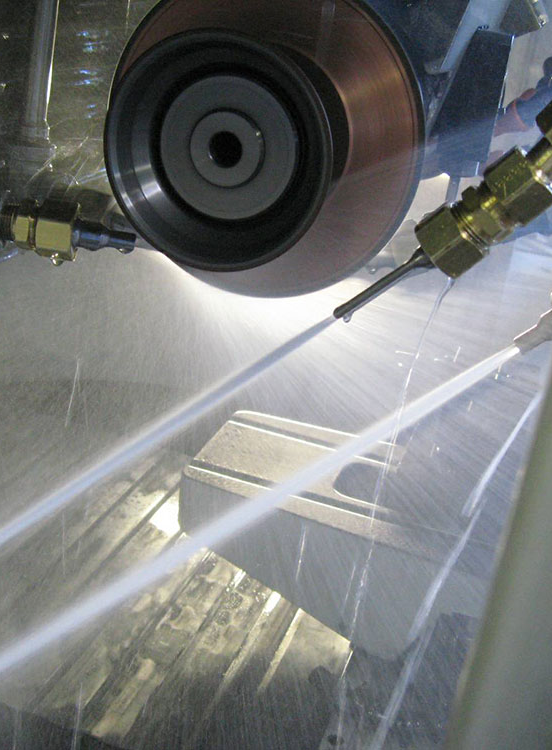How It Works


HOW DOES SWIVELJET WORK?
The SwivelJet line uses a series of links made from solid, recyclable brass. Links can be added or removed easily to create longer or shorter coolant lines. Each link has two swivel joints. When the line is first installed, the operator can set the desired pressure on the swivel joints.
Once installed, the line can be easily moved into position by hand and tightened into place with either a wrench (hex line) or by hand (knurled line).
The lines are available with several types of nozzles: a round swivel or "bullet" nozzle, a flat swivel nozzle, or a two-angled flat nozzle. The coolant jets created by the nozzles use coherent jet fluid principles used in fire hose nozzle technology. This keeps the coolant together, reducing the amount of air brought into the machining or grinding zone.
Finally, standard NPT and BSP manifold fittings are used to thread the lines into a manifold.
PERFORMANCE TESTED
Tests performed on popular CNC tool and cutter grinders resulted in cycle time reductions of 25 to 55 percent on applications using diamond and CBN wheels. Used in machining, SwivelJet reduces double-cutting of chips while at the same time allowing for faster cycle times. Tool life will go up while costs to manufacture go down.

THE END RESULT
The SwivelJet line and nozzle are best used in an enclosed CNC. The amount of coolant pressure created by the nozzle puts more coolant into the machining and grinding zones. As a result, more coolant is usually displaced as it hits the tool or wheel. This does not usually lend itself to use on manual machines that are open to an operator.
The lines can be used with the manifolds supplied by the manufacturer, or with a coolant manifold designed to put the lines where they need to be.
With SwivelJet, the stream of coolant leaving the nozzle does most or all of the following for grinding:
- Reduce cycle time
- Reduce wheel loading
- Reduce heat in grinding zone
- Reduce wheel dressing
- Reduce wear on the wheel
- Increase the coolant pressure (psi) at the nozzle
- Reduce heat and metal weakening of the workpiece
- Increase the distance the line is placed from the wheel
